|
The word “misjudge” is defined as having formed a wrong opinion or conclusion about someone, thing or action. It happens all the time, sometimes a person is given a false estimation simply by their appearance. Others are assessed based on past “track record,” and not given credit for the ability to accomplish a current task at hand. We often see this in sports with “upset” victories by misjudged team thought to be lesser in talent, heart or drive. Most often, an individual’s action or response could be perceived in such a way to give an onlooker a wrong or negative idea. Misinformation and yellow journalism, and the newly coined concept of “fake news,” can easily aid in the misjudgment of people, companies, and events. This is a result of sloppy research work by news media. Other times it could be done by design to boost ratings, print sales or an attempt to cause a firing or dismissal. With the emergence of social media, good-old fashioned gossip can be presented as fact in print, photo or video form and distributed to the world thanks to the internet. 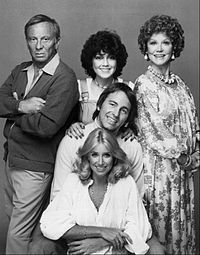 The cast of Three's Company The cast of Three's Company Oftentimes, misjudgments can end up as harmless misunderstandings, with valuable lessons learned. I can look back at popular television comedies from my childhood that featured this theme such as The Brady Bunch and Gilligan’s Island. Probably the best example I can think of is Three’s Company. This sitcom aired for eight seasons on ABC from 1977 to 1984 and revolved around three single roommates: Janet Wood (Joyce DeWitt), Chrissy Snow (Suzanne Somers), and Jack Tripper (John Ritter), who all platonically live together in a Santa Monica, California apartment building owned by Stanley Roper (Norman Fell) and Helen Roper (Audra Lindley). The show is best described as a comedy of errors. It chronicles the escapades and hijinks of the roommate trio's constant misjudgments, misunderstandings, social lives, and financial struggles, such as keeping the rent current, living arrangements and keeping up deception. Oftentimes, one simple misunderstanding would lead to a misjudgment which would spiral into several more. Three's Company was quite popular in its day, and still can be seen in syndication. It also brought controversy at times with the use of risqué subject matter, adult topics and double entendre. The program seems very tame compared to today’s television standards. This is a sign of the times as things such as fashion and social norms have relaxed over time, or gained acceptance. In the past, a lady showing a bare ankle in the 1800’s would be the focus of strict judgment, as would a divorcee or homosexual. This could lead to public or family shunning, loss of work, and tarnished reputations. Worse of all, the misjudgment could follow an individual to their grave. This week’s article is a bit paradoxical in nature, as I want to be careful not to wrongly “misjudge” William H. Hooper, the father of our subject Mary S. Hooper. However, as you will soon see, Mr. Hooper appears guilty of serious misjudgment himself—one that would lead to the tragic downfall of his daughter, eventually culminating in wrong opinions being formed by the local news media and the Frederick community as a whole. A cemetery record that survives until today shows evidence of this misjudgment. It’s time to set the record straight. 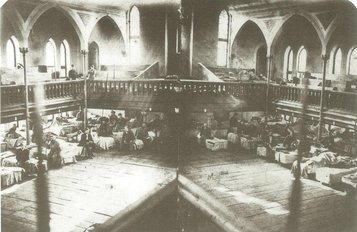 Evangelical Lutheran Church during the Civil War Evangelical Lutheran Church during the Civil War Mary S. Hooper Mary Susan Hooper was born July 13th, 1863, just over a week after the famed Battle of Gettysburg. Frederick was still in turmoil as Gen. Lee’s retreating Confederates were penned up at Williamsport, not able to cross back into the safety of Virginia because of a raging Potomac River in flood stage. Wounded soldiers from both armies were being brought to town, and Union soldiers were highly visible. Mary’s father, William H. Hooper, was a well-known brick mason, credited for crafting the original walkways in front of the Frederick County Courthouse that was currently under construction at this time, the former courthouse having been destroyed by fire in May of 1861. He would later build the front walk leading up to the Maryland School for the Deaf. Mary was named for her mother, Mary Susan Brengle. Mary S. Hooper had an older sibling named Charles (b. 1861) and a sister Florence (b. 1858). Florence celebrated her 5th birthday, just four days after the birth of her baby sister on July 17th (1863). Sadly, the young girl would die less than two months later. Although unknown, I could only imagine the conflicted feelings of the Hooper parents—happy to have a healthy second child while heartbroken over the tragic loss of their first. Maybe this caused a delay in Mary’s christening, deferred to January of 1864. However, another prime reason could be the Civil War activity of the time as the family’s house of worship, the Evangelical Lutheran Church, was in heavy use as a makeshift hospital for wounded and sick soldiers. Mary’s mother would give birth to a third child a year later in February, 1865. Her mother gave her husband a son, and (now two-and-a half year-old) Mary, a brother. He was named Eugene. The war soon ended, hostilities subsided, and William H. Hooper found his employment steadier as peaceful times prevailed once again. Mrs. Hooper had two youngsters to attend to. Tragedy visited the family’s East South Street door once again in late summer of 1868. This time, the grim reaper took Eugene to the grave. Whether disease, or deep stress, the second death of a child likely took its toll on mother Mary Hooper. She would soon die before the year’s end on December 31st, 1868. At just five years of age, Mary’s mother, brother and sister Florence laid in rest beneath a large marble obelisk in Mount Olivet Cemetery’s Area B, lot 84. The 1870 census shows William H. Hooper, along with Charles and Mary, cohabitating with the Jesse W. Rine family. Where, three had been company for the Hooper family, the dynamic would change drastically a decade later to eight. The 1880 census shows the family living on W. Patrick Street. William H. Hooper had remarried—Susan R. (Wise) Zimmerman, and Mary Hooper now had three step-siblings: 16-year-old William, one year-old Edith and two-month-old Harry. Stepmother Susan’s sister, Ida, was also here in residence. I failed to glean any more information on Mary S. Hooper, on the verge of womanhood at the time of her 17th birthday in 1880. She carried quite a burden with her, but how did this affect her relationship with God, educational studies, and personal relationships? Was she introverted or extroverted? We will likely never know. Nothing more can be surmised until six years later. The year 1886 brought with it great misjudgment, or should I say, misjudgments. Mary's brother Charles was known to have worked at the Lewis McMurray Canning Factory located off W. South Street. A co-worker was a fellow named William H. King, a can-maker. Apparently Mary, described as “a very pretty and prepossessing young lady,” had either shown an interest in William or vice-versa. Perhaps some sort of liaison occurred between the two. This likely happened two years earlier in 1884. Whatever it was, news reached Mary’s father—and he was none too pleased. The matter was compounded due to the fact that William King was a newly married man. The story or misjudgment was that Mary had intercourse with Mr. King, aiding in him now labeled as an adulterer by co-workers and townspeople. Mary fell from grace, and most tragically in the eyes of her father. 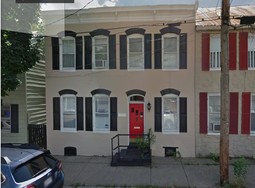 It was 1884 when Mr. Hooper promptly kicked Mary out of the family household and disowned her. She sought refuge at the home of Mr. Lewis Burck of 464 W. South Street. I immediately sought out information on Mr. Burck, to see if he was a relative of some sort. I found that he was a 40-year-old house painter. The family home is located close to the intersection of W. South Street and the aptly named Burck Street which came about around 1884, as well as Madison Street which it bisects to the south. Lewis Burck’s wife was named Emma. Interestingly, Emma Burck was the former Emma King, older sister to William H. King, the object of all this controversy. As a matter of fact, William was living in this same house at the time of the 1880 US census. 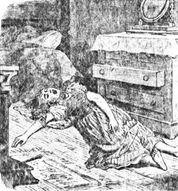 So to review, 23-year-old Mary had been kicked out of her family’s home, and in 1886 is living with the sister of the man she was accused of having an affair with. Seems like a crazy Three’s Company episode to me. Now I will take you to Christmas Day, 1886. Here is the story as told by the Frederick Daily News from Monday, December 27th(1886). “At a late hour on Saturday afternoon she went upstairs and dressed herself to go out, her intention being to take Mrs. Burck’s children for a walk. As she came downstairs, she met Mrs. Burck, to whom she remarked that she did not feel very well. Mrs. Burck advised her to go in the room and lie down on the bed, which she did. She had been lying down a few minutes when Mrs. Burck entered the room and found her hands cold and stiff. When asked how she felt, Miss Hooper believed she was better. She came downstairs and sat down to converse with the family. Fearing that something serious might be the matter with the girl, Dr. Long was sent for, In the meantime, Miss Hooper showed signs of being in extreme pain and fell from the chair. She was picked up and placed on a sofa and the doctor again sent for. She immediately became unconscious and expired before the arrival of the physician. A few moments after her death, her body turned black and began to swell perceptibly. This led to the supposition that she had committed suicide by taking poison for it was known that her alliance with King was a source of trouble for her.” 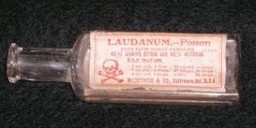 The file in Mount Olivet Cemetery for Mary S. Hooper (1863-1886) states that she died from “suicide by taking laudanum." If you were to go back to the late 1800’s, you would find laudanum being sold without a prescription over the counter. It was commonly used as a painkiller, cough suppressant and served as a remedy for the treatment of diarrhea. Laudanum is a tincture of opium and highly addictive. Until the Harrison Narcotics Tax Act of 1914 restricted the manufacture and distribution of opiates, including laudanum, and coca derivatives in the US, you could purchase it almost anywhere without a prescription. Today it is not normally used for medical purposes, although it has a proven record as a pain reliever.  Even a holiday could not stop word from traveling throughout town that night and next day: Jilted lover Mary Hooper had taken her own life. And, no less, on a day associated with great joy and appreciation—especially for family. Mary’s lifeless body was immediately removed from the Burck family household, shortly after the recorded time of death of 8:30pm. It was brought back home to the home of her father. On Sunday morning (December 26th), Magistrate Christian H. Eckstein summoned a coroner’s inquest due to the inability of Dr. W. A. Long to give a legitimate reason for the 24-year old’s sudden death. Dr. Franklin B. Smith was requested to perform an autopsy. This was done at 3pm and three major misjudgments would be discovered through the findings. The body was then transported to the Mount Olivet Cemetery vault, where it had to rest until Dr. Smith gave his findings at a hearing scheduled for 1pm on December 27th at the Frederick Courthouse. First, and foremost, Miss Hooper did not take laudanum or any other poison. She had not committed suicide as had been thought. Instead, Mary had died from natural causes. Secondly, Mary specifically died from a cerebral hemorrhage, an internal bleeding within the brain tissue or ventricles. Symptoms can include headache, one-sided weakness, vomiting, seizures, decreased level of consciousness, and neck stiffness. Often symptoms get worse over time. Fever is also common. This is generally caused by head trauma, but also happens naturally due to aneurysms and brain tumors. Third, and most shocking of all, Mary Susan Hooper was still a virgin. The newspaper reported this delicately using the description: “her purity of life was unmolested.” 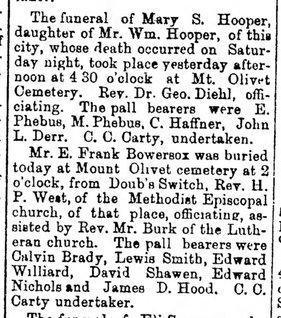 Funeral of Mary S. Hooper in Frederick News (December 27, 1886) Funeral of Mary S. Hooper in Frederick News (December 27, 1886) Mary Susan Hooper was buried in the family plot the very next day. She would be laid next to her mother, Florence, and Eugene. I would imagine that Mary’s father felt some pretty deep guilt. He would move out of Frederick with his wife and young family to Washington, DC in April, 1887. However, Mr. Hooper would die suddenly in March the following year (1888). Five years later, Charles A. Hooper (Mary’s older brother) would pass just one month before his 32nd birthday. He was the last remaining member of the original Hooper nuclear family. All five are buried in Area B/lot 84, their names adorning the monument in the center of the lot. Thank goodness for that coroner’s inquest, or Mary’s reputation in death, would mimic what many people believed to be true while she was living. Rest in peace Mary Hooper, I’m truly sorry you had to experience the pain you endured.
1 Comment
|
STORIES
|
Archives
July 2024
June 2024
May 2024
April 2024
March 2024
February 2024
January 2024
December 2023
November 2023
September 2023
August 2023
July 2023
June 2023
May 2023
April 2023
March 2023
February 2023
January 2023
December 2022
November 2022
October 2022
September 2022
August 2022
July 2022
June 2022
May 2022
April 2022
March 2022
February 2022
January 2022
December 2021
November 2021
October 2021
September 2021
August 2021
July 2021
June 2021
May 2021
April 2021
March 2021
February 2021
January 2021
December 2020
November 2020
October 2020
September 2020
August 2020
July 2020
June 2020
May 2020
April 2020
March 2020
February 2020
January 2020
December 2019
November 2019
October 2019
September 2019
August 2019
July 2019
June 2019
May 2019
April 2019
March 2019
February 2019
January 2019
December 2018
November 2018
October 2018
September 2018
August 2018
July 2018
June 2018
May 2018
April 2018
March 2018
February 2018
January 2018
December 2017
November 2017
October 2017
September 2017
August 2017
July 2017
June 2017
May 2017
April 2017
March 2017
February 2017
January 2017
December 2016
November 2016

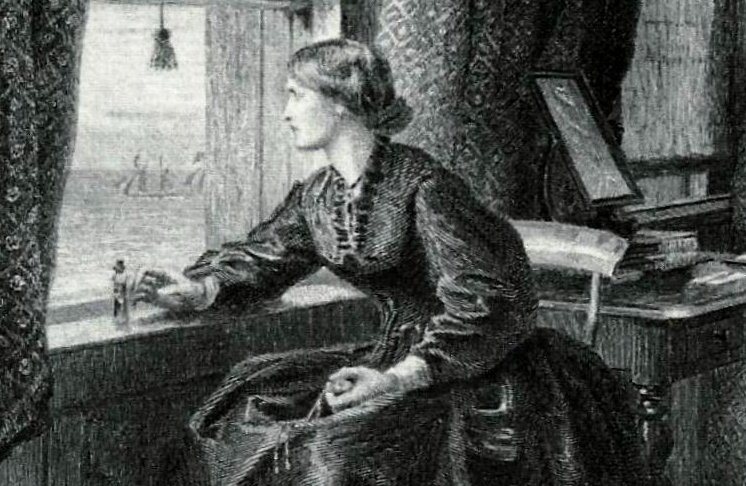
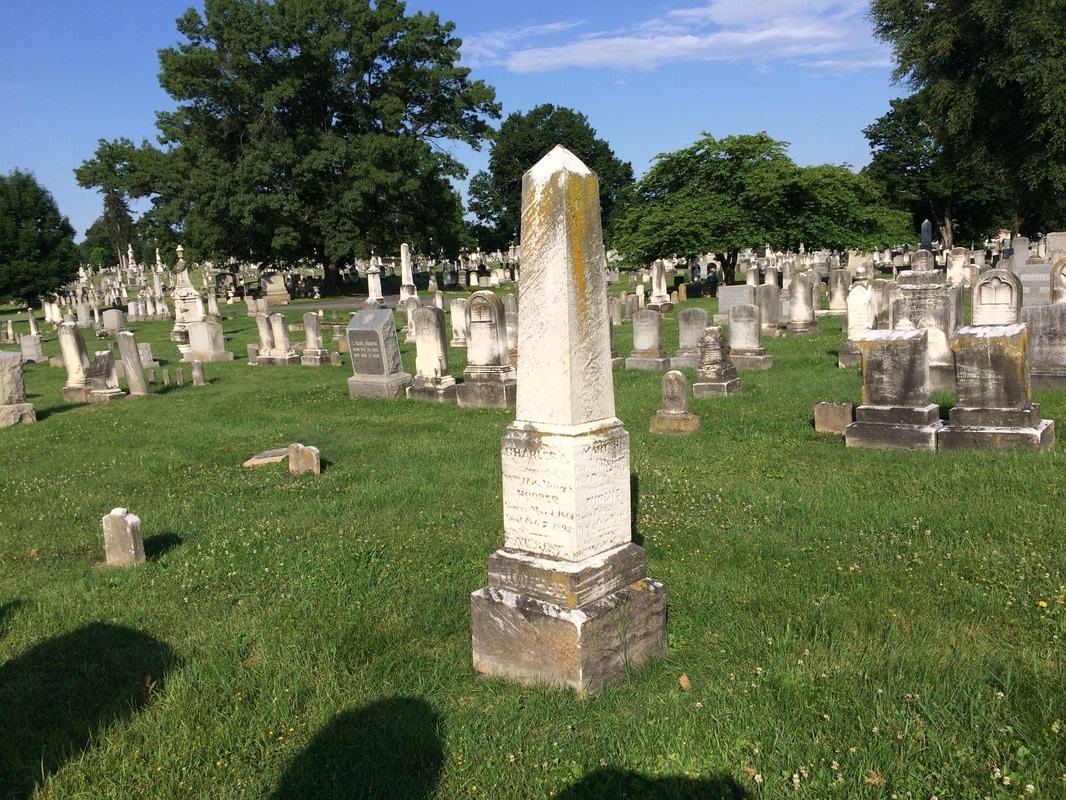

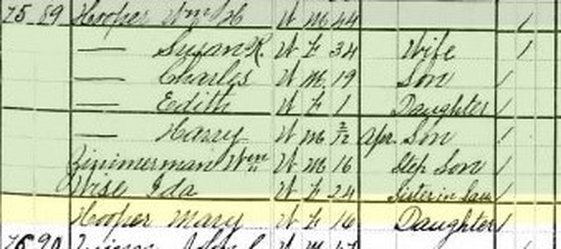

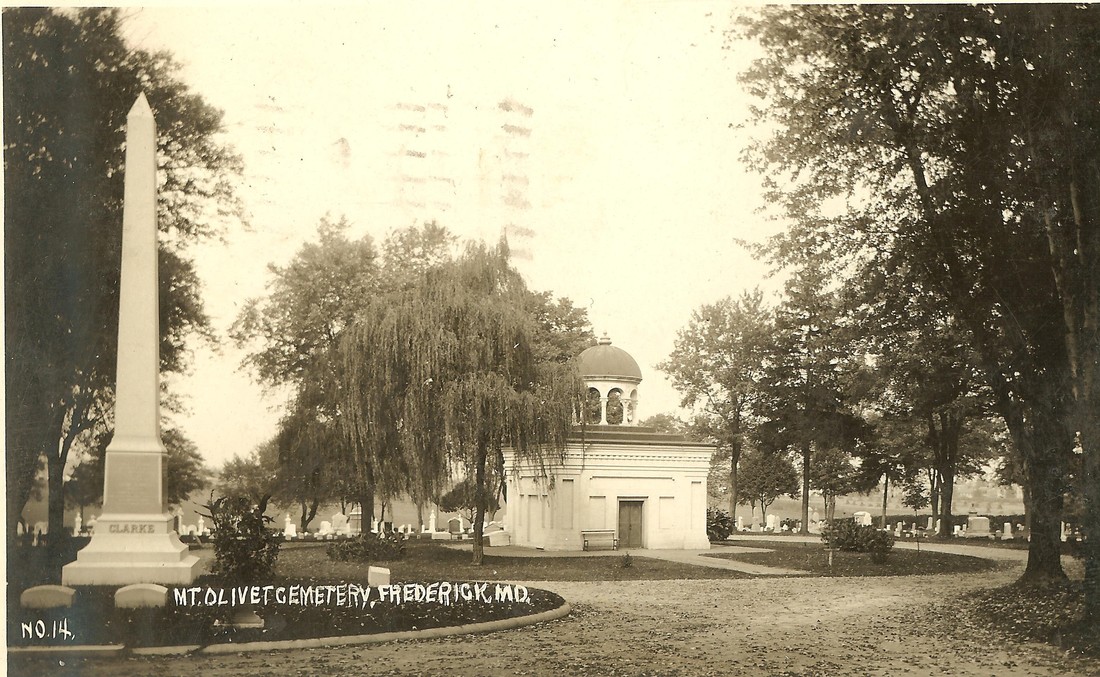
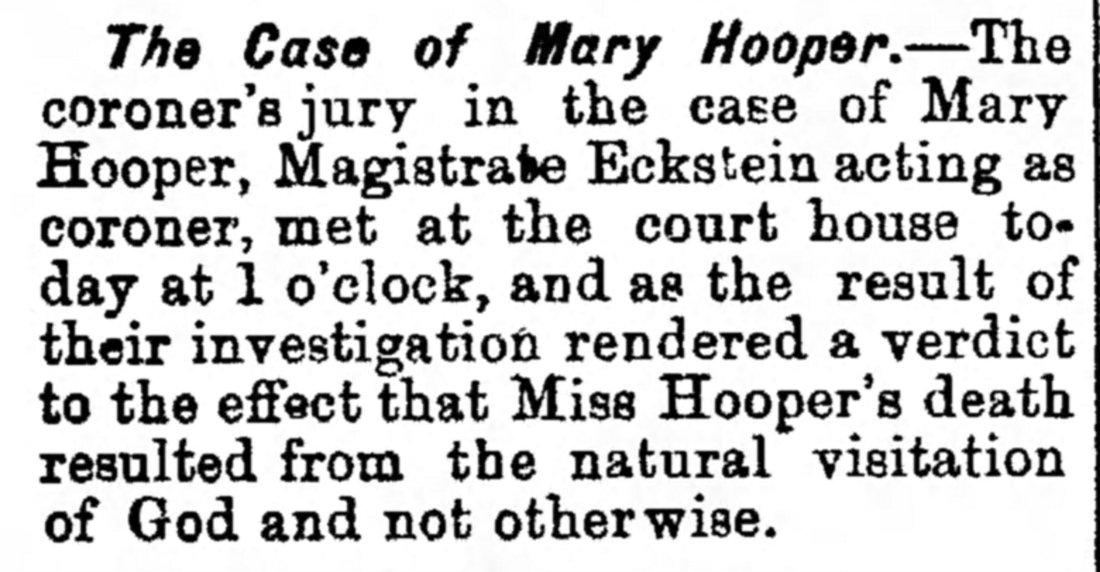
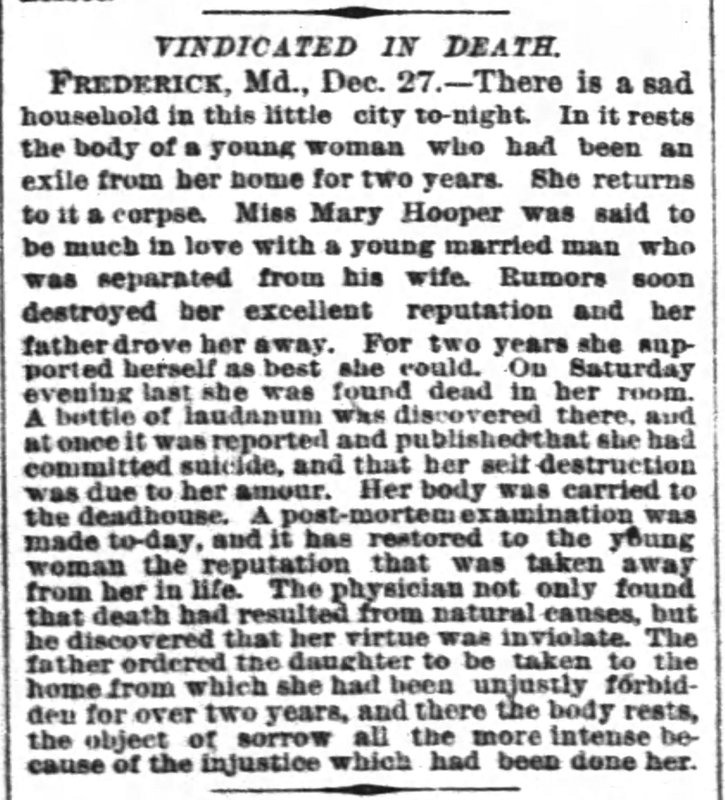
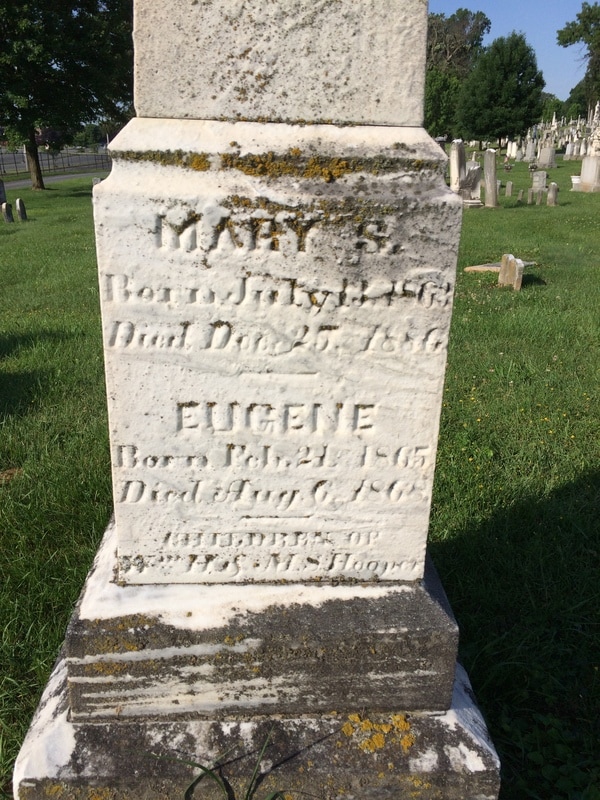
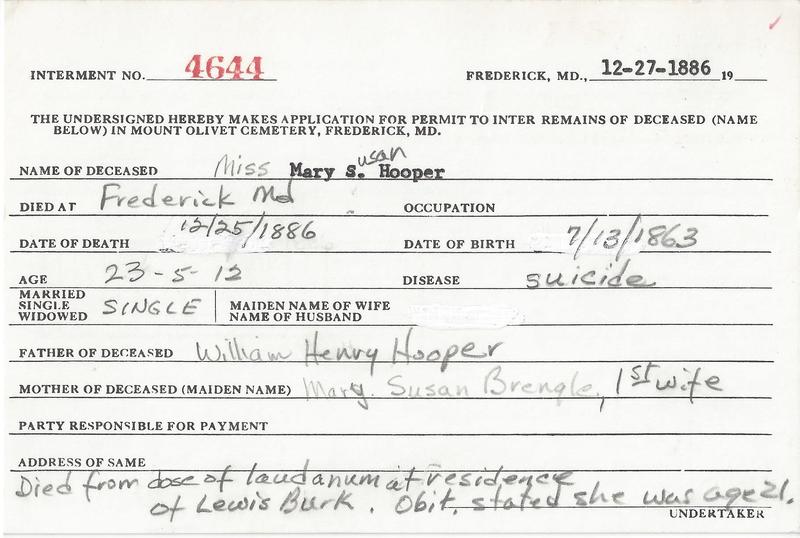

 RSS Feed
RSS Feed